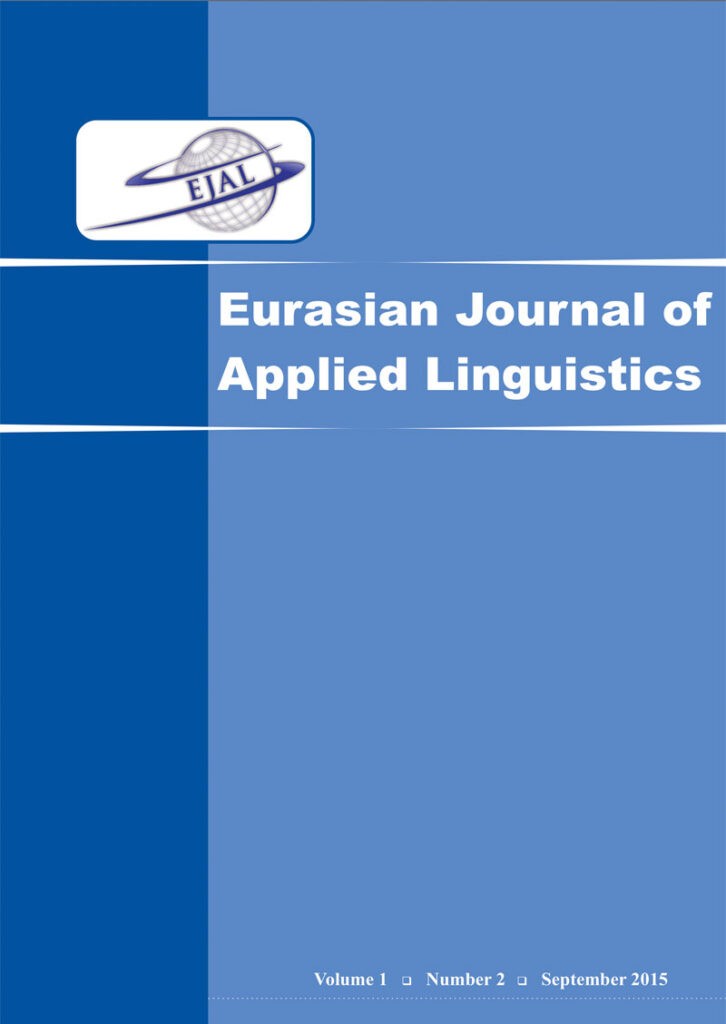Ali Akbar Ansarin
University of Tabriz
University of Tabriz
Solmaz Saeeidi Manesh
University of Tabriz
University of Tabriz
Keywords: Bilingual memory, Priming, Semantic priming, Masked semantic priming, Lexical decision
Abstract
The psycholinguistics field has long been concerned with bilinguals’ mental lexicon; the way bilinguals restore words in their mental lexicon and the way they retrieve them. So the representation of languages in bilingual minds has been explored by many researchers within the field. And different researches have led to different results. The more information regarding bilingual memory is acquired; better image would be constructed about this knowledge representation. The present study is an attempt to investigate if bilinguals share semantic features of their L1 and L2 using masked semantic priming paradigm. In masked priming, the primes were presented for a very short time and they were covered by a mask or a row of hash marks (####).Target-prime pairs addressed in the study were semantically related words in two experiments. In both of the experiments target words were in English, but the primes were in Persian in the first experiment and in English in the second. Reaction time of sixty Persian-English bilinguals for these prompts was measured by DMDX software. Results showed that semantic priming effect under masked conditions could not find in any of the experiments. The findings indicate that bilinguals have shared semantic representation for two languages with different scripts only for the cognate words. Results suggest that using semantically related words, for non-cognate words, in the process of language teaching is useful in advanced proficiency levels.

